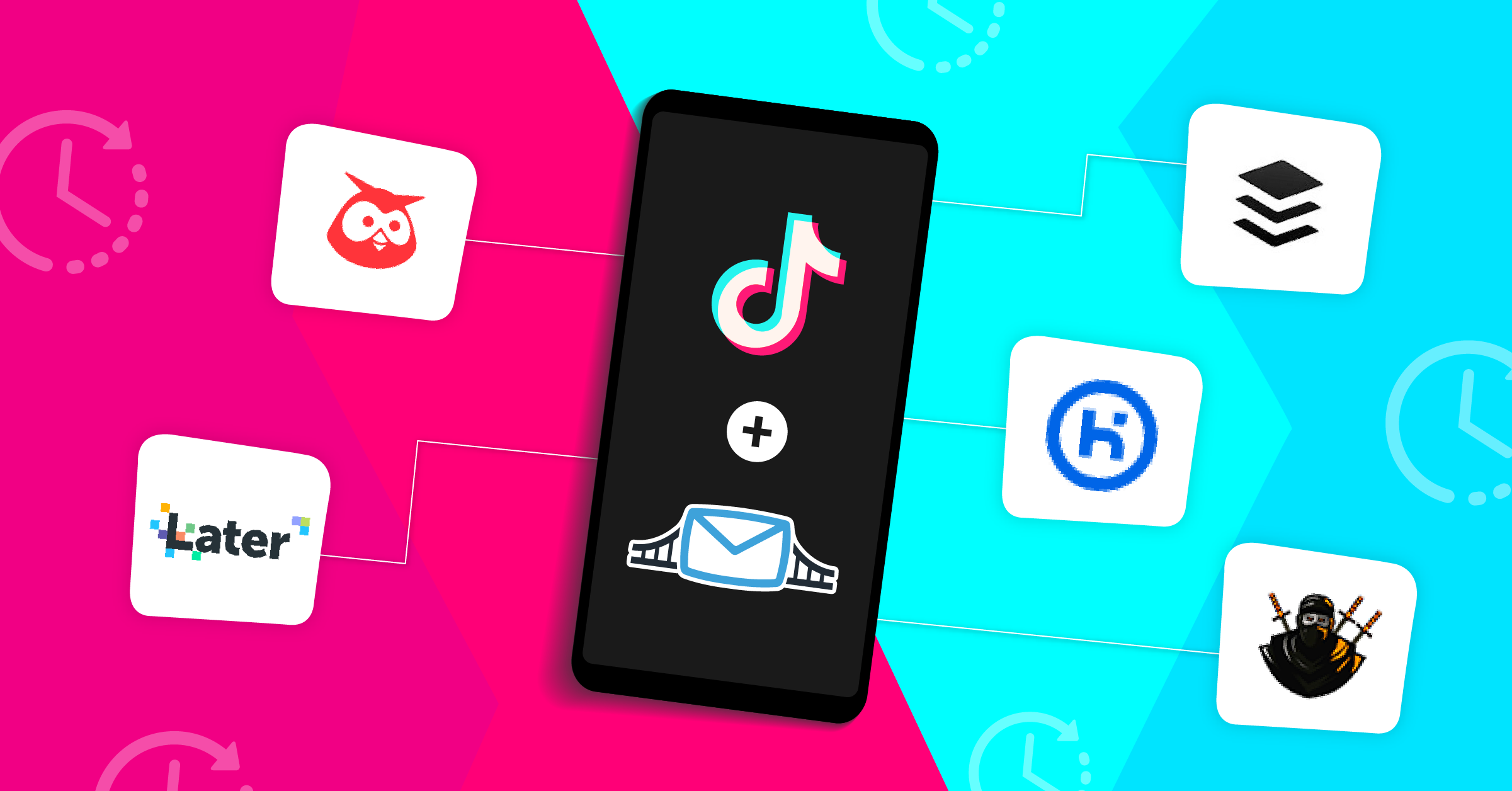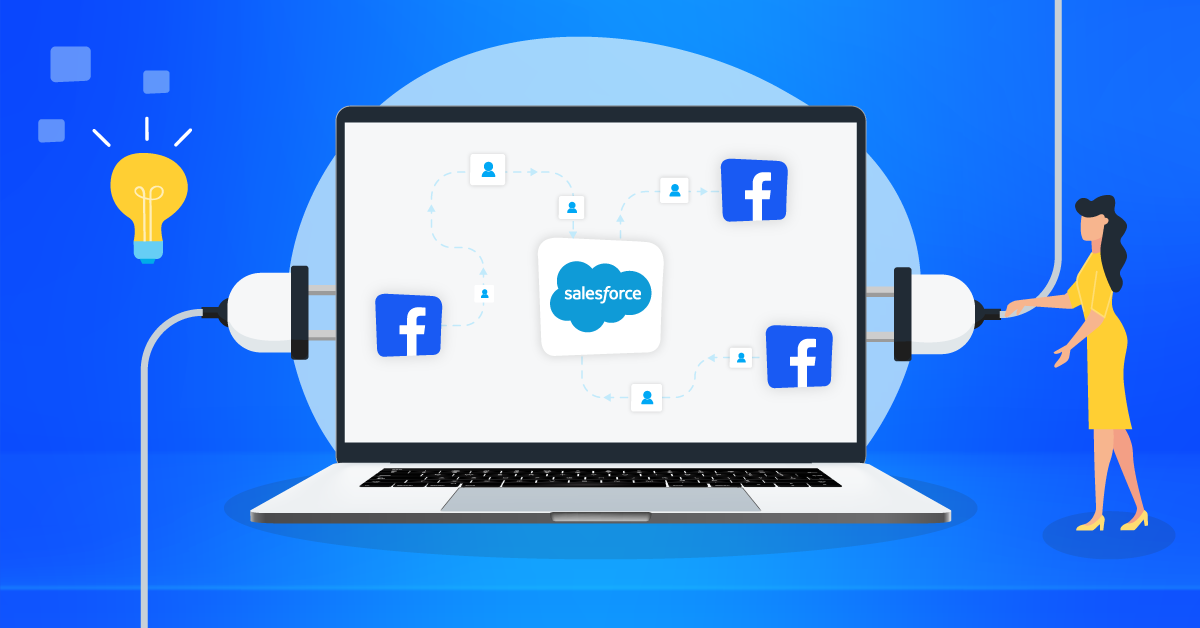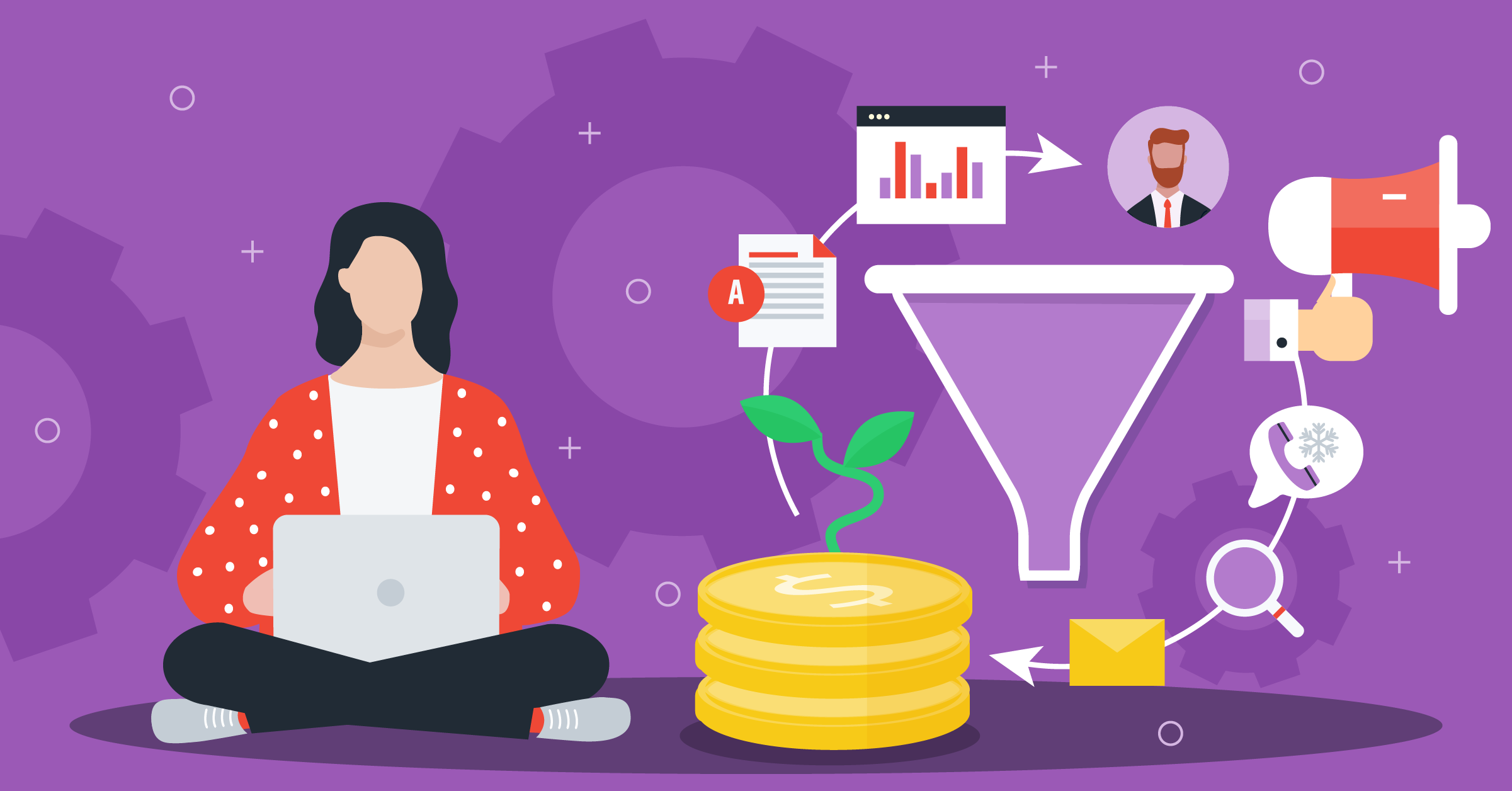
We know that Facebook is a big deal when it comes to branded content and promotions. However, just because the audience is huge doesn’t guarantee your ads will capture attention.
Have you ever wondered what sets apart successful Facebook advertising campaigns from the rest?
The secret is optimization.
In this article, we’ll explore how to optimize Facebook ads and unlock their full potential using best practices and tools such as:
Understanding Facebook ads optimization
To understand the anatomy of a Facebook ad, you’ll need to first identify its core components. Only then can you opt for Facebook ads optimization.
What are your optimization options? It depends! Facebook ads optimization can focus on targeting adjustments, bid strategies, and delivery optimizations that aim to improve ad relevance, audience engagement, and the campaign’s cost efficiency.
The choices you make in ad delivery optimization directly influence your results. Facebook leverages your selections to smartly place bids in ad auctions and enhance performance.
For example, selecting link click optimization prompts Facebook to target users within your audience with a higher likelihood of clicking on your ad links.
Ad Set optimization vs. campaign objective: What’s the difference
These two features serve different purposes in your advertising strategy:
- Ad Set optimization allows detailed tweaking within a campaign, in order to address specific goals at a granular level.
- Campaign Objective is the overarching purpose for the entire campaign, which also guides the general direction and purpose.
However, your Ad Set optimization can be different from your overall campaign objective. For example, you may choose sales as the campaign objective but optimize the Ad Set specifically for link clicks.

Choosing the right ‘Consideration’
When exploring ways on how to optimize your Facebook ads, budget is one of the most important factors. Certain optimization events could require a higher budget. Some goals, like getting people to buy, might cost you more than just getting views on your webpage.
It’s important to carefully choose your ‘Consideration’ when setting your budget and bid strategy. Make the right match, and you can get more bang for your buck with your ads.
Considering Meta’s budget recommendations
Start with a budget that makes sense for the objectives you are trying to achieve. A good guideline is to put aside at least ten times your expected cost per action each day.
So, if you’re paying around 10 bucks for each link click, plan to spend at least 100 dollars daily. This way, you give your campaign enough fuel to really get rolling.
Placing a bid cap & cost-per-result goal
Your ‘cost-per-result goal’ reflects the average amount you’re willing to pay for each desired action. Set a bid cap that matches this goal to stay in control of your spending.
This tactic ensures you’re only winning bids that contribute to your targeted outcomes, all without overspending.
Why you need to optimize your Facebook ads
A survey showed that 86% of social media marketers used the platform to promote their brands, and an additional 79% used Instagram for the same purpose. Why? Mostly because Facebook ads bring in the results.
This massive competition is also why a blind approach won’t work. Instead, you’ll want a laser-sharp strategy that addresses every single aspect of your Facebook ad campaign.
The complete Facebook ads optimization checklist
Optimizing your Facebook ads isn’t just about setting them up; it’s about tuning them for peak performance. Here’s a go-to checklist for making sure your ads are not just live, but thriving:
1. Optimize your account structure
Organize your campaigns by their goals, not just who you’re targeting. This smart setup boosts your ad management, optimization, and the ability to scale.
2. Install the Meta Pixel with Google Tag Manager
Use Google Tag Manager for a smooth Meta Pixel setup. It gives you a detailed snapshot of ad performance and user engagement. If needed, use Meta Pixel Helper to troubleshoot any problems.

3. Streamline your conversions
Tracking your conversions can help you consolidate similar conversion events. How does it help? By creating retargeting and lookalike audiences.
Implementing custom audiences and Conversions API lets you track your audiences and customers throughout their journey. These integrations also streamline data analysis and decision-making processes.
4. Choose a bidding strategy suitable for your brand
Having a bidding strategy that’s aligned with your business goals can make a difference in your overall ad performance. Whether it’s going for volume, value, or specific ROI goals, your strategy should reflect what success looks like to you.
5. Optimize for your ad objective
Within your Ad Sets, adjust the ad delivery optimization to echo your campaign’s main goal. That’s how you can align your ad structure with your campaign’s primary objective for better results.
6. Streamline lead ads and ad targeting
Always follow the recommended lead ads best practices to keep the lead form simple, align it with your ad, and successfully highlight benefits.
Additionally, you can select the Conversion leads performance goal on lead ads. This is a way to notify Facebook that you aim to enhance ad delivery by targeting users with a higher probability of becoming customers.
7. Target competitor brands’ audiences
Most brands keep a tab on their competitors’ audience. This is an easy shortcut to analyze and target followers of brands similar to yours. These insights also allow you to capitalize on existing audiences and leads with higher quality.
8. Scale a full-funnel strategy
Don’t just attract; nurture. Integrating top-of-funnel campaigns with nurturing strategies is a go-to marketing practice. It helps maximize revenue since it guides users through the entire sales funnel in a more holistic manner.
9. Run continuous A/B tests
As much as A/B tests are important, they are often overlooked for campaign optimization. The idea is to launch two versions of an ad and compare performance. You’ll have to analyze and measure everything from visuals to call-to-actions to find what resonates best.
10. AI Facebook ad optimization
Meta’s AI-powered tools, like Meta Advantage, have recently become an advertiser favorite, mostly for how much they can improve Facebook ad performance. These features help streamline ad campaigns, leading to better results with less effort.
Here are some interesting stats in relation to Meta Advantage, for instance:

Meta Advantage+ optimizes all aspects of ad campaigns, including creative, audience targeting, budget, and placements. Let’s review the top three items you might want to have on your checklist:
- Facebook ad budget optimization by allowing AI to adjust spending in real-time based on performance. This approach helps focus the budget on high-performing ads and audiences.
But how much should you spend on Facebook ads? Learn everything you need to know here!
- Facebook ad placement optimization by automatically choosing the most effective placements. This process helps achieve better results without any manual adjustments.
- AI-backed audience targeting that leverages your customer knowledge and AI to identify relevant audiences. However, this feature is being gradually rolled out.
11. Leverage automation for better optimization
Bring in automation to replace monotonous tasks. Not only does it improve your team’s productivity, but it also streamlines important data management.
Using tools like LeadsBridge, for instance, you can keep your database up-to-date, run timely nurturing campaigns, streamline your lead generation or conversion events, and so much more.
How long does it take Facebook ads to optimize?
In most cases, Facebook ads need at least 7–14 days to fully optimize. But again, it depends on other factors, too.
The initial window of running ads is what Meta calls the “learning phase”, which is a short period where its algorithm figures out who’s most likely to respond to your ad based on your targeting, budget, and creative.
You might see early results within the first 72 hours, but genuine performance gains show up once Facebook has enough conversion data to work with.
Here’s a quick breakdown:
- Days 1–3: Ads are in learning mode; expect unstable performance as Facebook tests delivery.
- Week 1–2: Data builds up, and the algorithm starts narrowing in on better audiences.
- Week 3+: Your campaign should hit a more stable and optimized performance curve.
How to get faster results? Focus on optimizing your setup.
Yes, the speed and quality of optimization depend on the algorithm. However, they’re also about the way your system handles the data.
If you manually export CSVs and chase down leads one by one, you’re likely slowing down your ad funnel.
You need automated integrations to increase your data management speed and keep Meta updated with your stack by creating continuous data transfer.
Meta Business Partner platforms like LeadsBridge help speed up this process by instantly syncing Facebook leads with your CRM, email platform, or sales pipeline. This means:
- Your team can follow up with leads faster.
- Facebook gets real-time feedback on which leads are actually converted.
- Meta can optimize toward outcomes you are aiming for, like purchases or booked calls.
Meta ads optimization with LeadsBridge
After collecting leads through lead ads, you’ll need to organize them. However, manual downloads and uploads are tedious and inefficient. LeadsBridge’s lead ads integration allows you to automate the process and manage your digital ad funnel effectively.

But how exactly can LeadsBridge help you optimize Facebook ads?
LeadsBridge improves your Facebook ads optimization through four main functions:
Tracking leads in your CRM
Using lead ads integrations, your lead data is transferred to your CRM in real-time. This way, your sales team can access this information and make data-driven decisions to nurture and convert these leads.
Receiving alerts for incoming leads in real-time
With LeadsBridge’s Email Notification feature, you can receive instant alerts as soon as a lead comes in. In turn, your team can send quick responses and engage potential customers at the peak of interest.
Automated communications for better lead nurturing
There are several integrations that allow you to implement an automated email system for immediate follow-ups.
You might want to send a welcome email series, send out nurturing emails or SMS campaigns, or even deliver a lead magnet. By doing so in a timely manner, you can meet your user expectations and improve user experience.
Leveraging granular data management
Using automated data bridges, they’ll have a bird’s eye view of important metrics related to leads. With LeadsBridge, you can automatically send out offers as soon as a lead form is submitted.
Or, you can close the loop between offline sales and online advertising efforts, track user actions accurately, and even leverage strong initial customer interactions. The list goes on.
A quick update on Facebook ads
Getting the most out of your Facebook ads, also means keeping up with the latest updates. Here’s what you should know.
Ad objectives
So, what’s new with Meta ads?
The original 11 ad objectives in Meta Ads Manager are now only 6. This tweak is all about getting Facebook ads to mesh better with what businesses are aiming for.
Starting January 2024, you can no longer duplicate or import campaigns with original objectives. Likewise, new Ad Sets and ads within existing campaigns with original objectives cannot be created.
Meta Ads targeting updates for 2025
Meta’s 2025 updates bring sharper tools for targeting and optimization. One standout feature is custom audiences for Advantage+ catalog ads, which now lets you channel your marketing efforts toward users who’ve interacted with specific products (views, clicks, or adds to cart).
Other detailed targeting options allow advertisers to layer in behaviors and interests. The new precision targeting advantage gives you more control over who sees what.
New ad category: Financial products & services
If your sector somehow aligns or overlaps with the finance sector, you should get in on the new “Financial Products and Services” category.
It basically replaces the older “Credit” classification. However, this change is now mandatory for advertisers in sectors like banking, lending, or investment tools.
This category is essentially designed to bring more transparency and alignment with regulatory expectations.
Final thoughts
So how to optimize your Facebook ads in one go? Well, you don’t. Optimization is not a one-time task; it is an ongoing process that requires continuous learning, testing, and refinement.
The landscape of Facebook ads is dynamic, and keeping pace requires agility. It means employing a full-funnel strategy, aligning your bidding strategy with business goals, and embracing automation in order to thrive in the competitive realm of online advertising.
See all the possible integrations to automate and optimize your Facebook advertising.



























